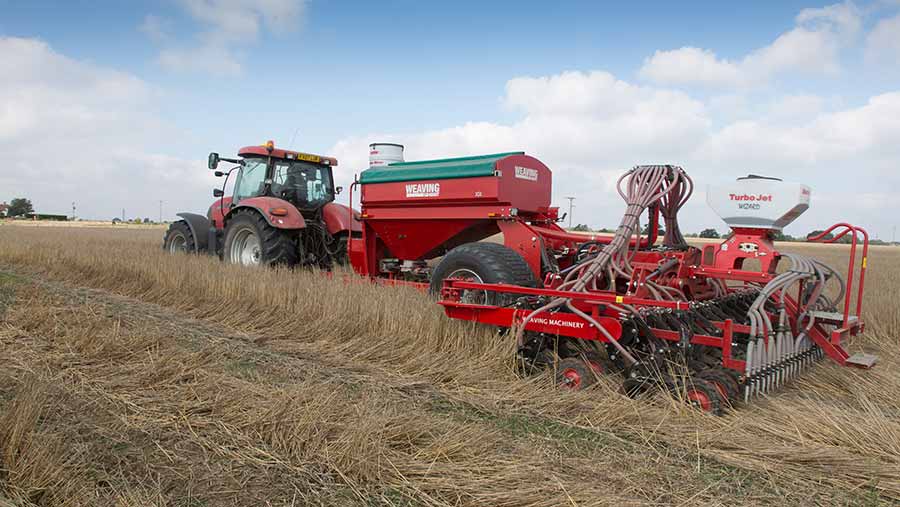Study shows regen farming increases nutrient availability
 © Tim Scrivener
© Tim Scrivener University research has revealed how regenerative farming can help soils hold nutrients and water around roots for longer, resulting in greater nutrient availability to crops.
These are the initial findings from a study being conducted at the University of Leeds Farm, aimed at shedding light on the benefits of regenerative cultivation techniques.
The study is comparing soil health, crop production, greenhouse gas emissions, and profit of different farming systems across seven 12x40m plots.
See also: 5 mistakes when adopting regen farming and how to avoid them
Some of the plots were ploughed and power-harrowed, while others underwent minimal cultivation using non-inversion, shallow cultivation.
Cover-cropping, living mulches, manures, livestock integration and herbal leys have also been used as part of the trial.
Data were collected by state-of-the-art soil stations created by Estonian ag-tech company Paul-Tech, which take real-time readings of nutrient availability, soil water levels and soil temperature at depths of 8cm and 20cm.
Each plot received three treatments of nitrogen throughout the trial, with nutrient and water availability measured at both depths after each application.
The stations revealed that the trial plots which had minimal cultivation held more nutrients and water around the root zone for longer than plots that had been ploughed.
As a result, the minimal-cultivated plots recorded a significantly larger nutrient release after fertilisation and higher nutrient availability at the 8cm mark compared with the ploughed plots, and nutrients were held around the root zone for longer.
By contrast, water quickly drained through the ploughed soil, leading to a significantly smaller nutrient release at fertilisation and considerably less nutrients available to the plants at 8cm.
Temperature benefits
Soil temperature was also affected by cultivation method, with the ploughed soil experiencing much larger temperature changes over the course of the trial.
The ploughed soil froze when air temperatures dipped below zero, whereas those sown under a minimal cultivation system maintained a much more stable temperature throughout and did not freeze.
Commenting on the study findings, Paul-Tech chief executive Mikk Plakk says it has a significant bearing on how farmers should be treating soil.
“The findings strongly suggest cultivation methods have the potential to significantly improve soil and plant health while reducing the amount of inputs growers need to apply.”

